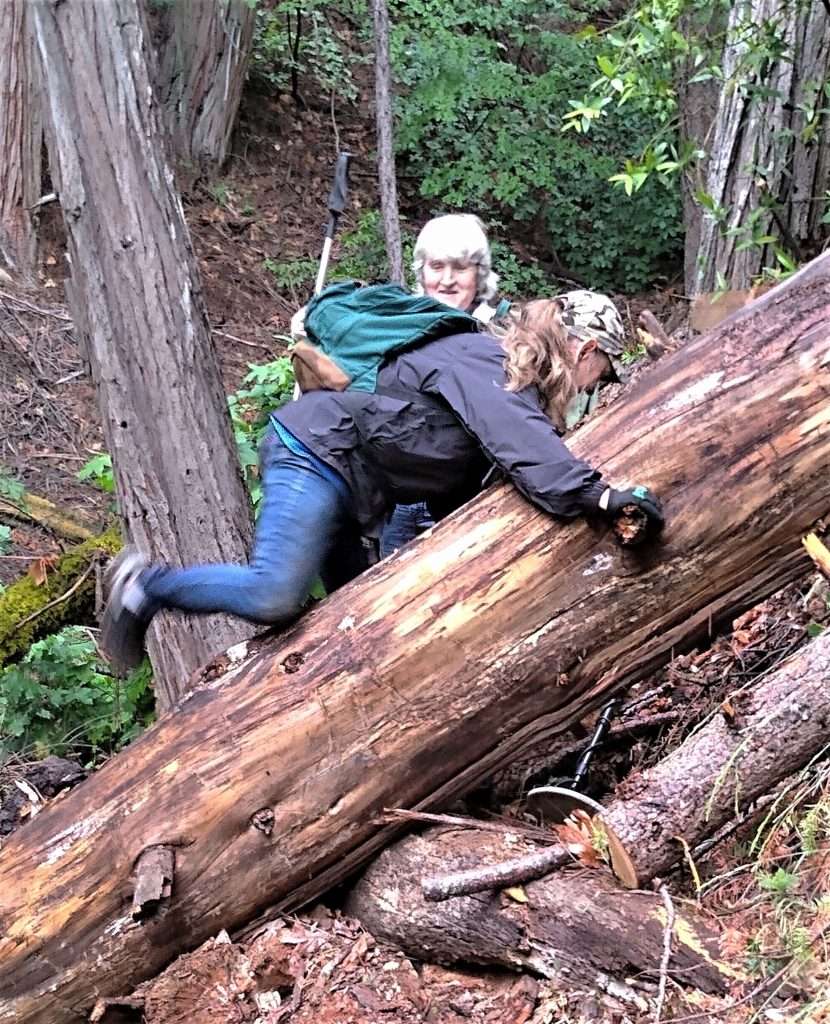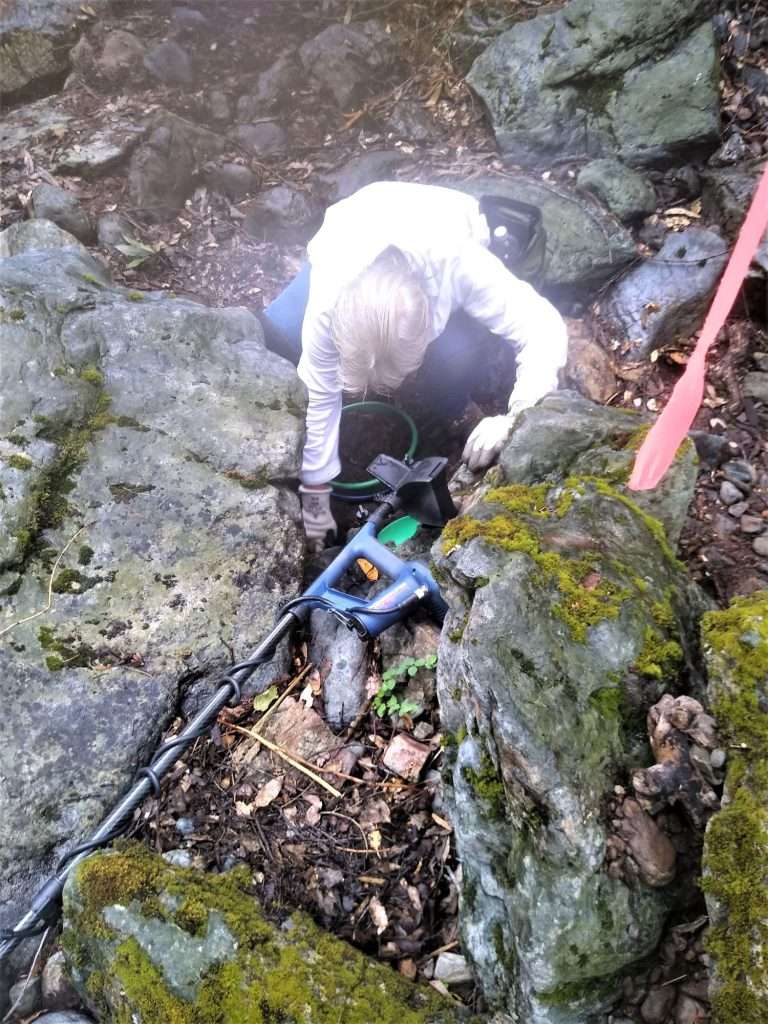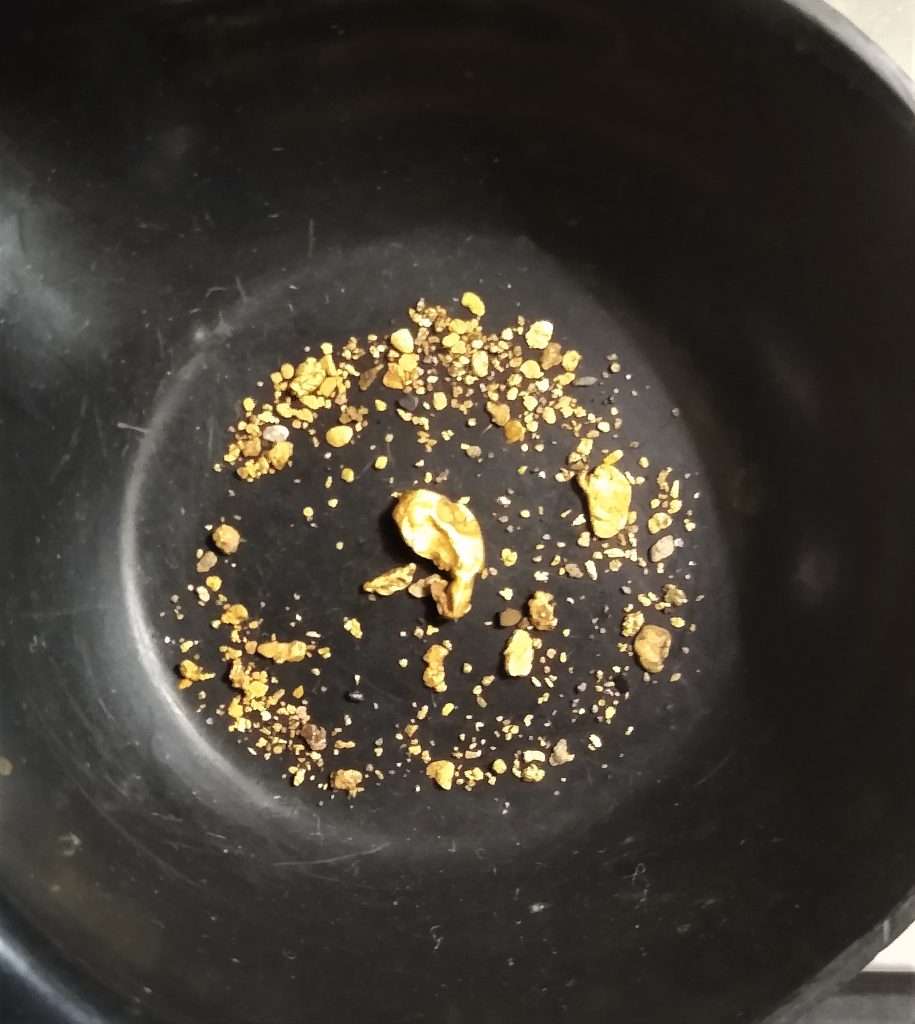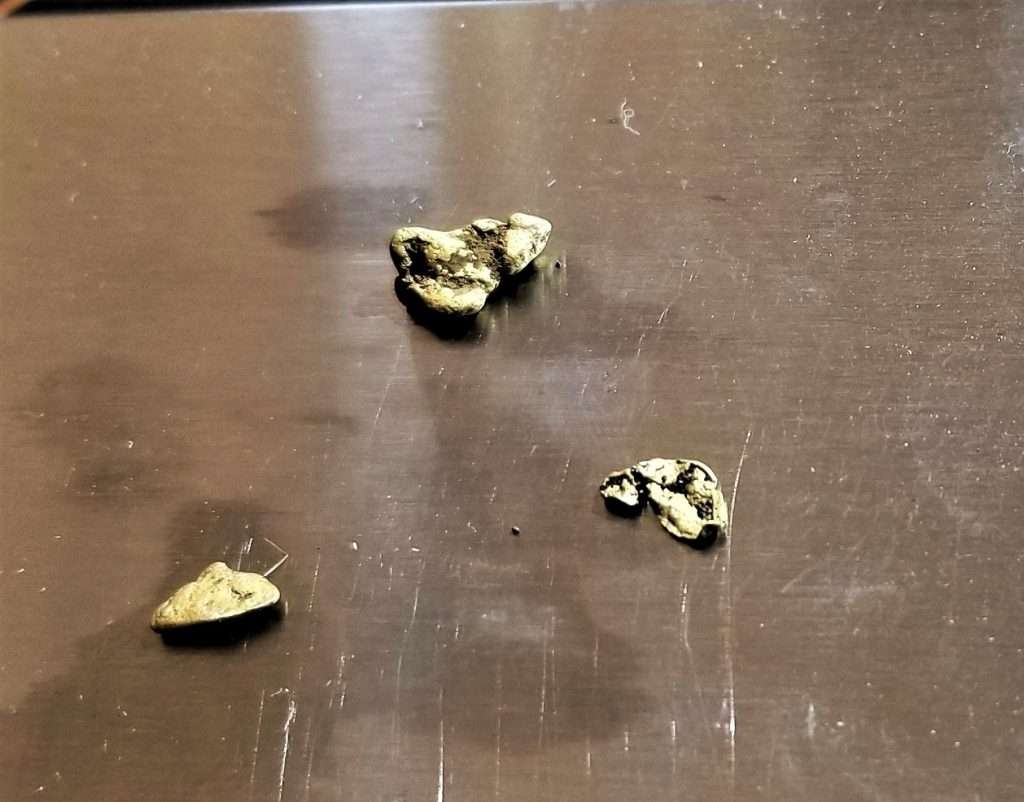One of the most difficult items in prospecting is to find a place to go! That’s going on the basis you don’t have a mining claim, don’t belong to a club that has them, and you don’t have private property that is gold bearing.
Belonging to clubs that have claims generally means the claims have been worked hard and the likely hood of a good find is hard to come by. I know clubs are always looking for new spots and with new locations there is always a chance of finding some ground that hasn’t been hit hard. There are exceptions to everything in prospecting and we are always looking for that exception.
BLM’s Wild River Systems provides some potentially good ground, but it generally means a one to two hour hike up and down some tough mountainsides. Trails are hard to come by in these withdrawn areas and that makes it even tougher.
As some of you are aware, I’ve been mining full time now for 44 years and I’ve seen a lot, learned a lot, and still learning. I’m a placer and hardrock miner and have run my own mines and mines for others. I love prospecting and finding new areas to go. Each year that passes now makes it harder and harder though. There are a lot of us out there prospecting and technology continues to change and to find new ways to look for the precious metal. Detectors are one example that has revolutionized the search for gold.



No matter what tool you use to find gold, you have to have a place to go. You can be a dredger, a snipper, detectorist, or just a panner, using a box now and then. You can be using dry washers, trommels, or even mills for hard rock. Where is the ground to work?
Research is a critical step in finding new areas and there are some really outstanding books, maps, and historical documents that can provide some places to check out. I have some from the1960’s and they are full of prospecting and mining locations.
This article is the result of that research and finding some private property that encompassed a creek that historically had more than its share of nice gold. Approaching land owners to go prospect on their piece of land is hard to do. Generally, they have to say no because of liability considerations. Even offering them insurance coverage fails in many cases. The land owners just want peace and quiet and I don’t blame them.
Personal contacts and friends established over the years helps and in this exploration effort this was the case. The property covered almost a half mile of the creek and the owner was acceptable to a team of us going – but with a big twist. Over the past several years, here in the foothills of the Sierras, low level, heavy snows have taken down a multitude of trees. Just about every trail I know has been blocked, some seriously. An example of that is the Stevens Trail from the Iowa Hill townsite side. It goes to the North Fork of the American River. Four of us took that trail a few months ago and we walked over and through 60 trees down over a really good trail. What was normally a 1 ½ hour hike out turned into three hours. Yep, it was getting dark when we finally got out. The trail has since been cleared but there are a lot that haven’t.
Here’s the twist we got for our exploration on the property. The deal was that we had to create and re-opened some old trails down to the creek. The elevation drop from the top down was about 1000 feet so this was not going to be a picnic. We thought about it a lot and finally accepted the deal! We knew there would be a lot of trees down and since the trails had not been used for several years, they could be covered with brush, leaves, pine needles, mud slides, and new growth as well. This was not going to be a picnic and our wisdom for accepting the deal was definitely in question.
We took rakes, chainsaws, loppers and picks, along with mosquito repellant and some lead protection for rattlers, just in case. We won’t cover the bear poop along the way either. Poison oak was all over the place and in some cases was head high. Those of you who do prospecting out in the boonies know all about this.



Rattlesnakes are out for sure. Here’s a very long story made short. This morning, at a friend’s mountain home, my handgun eliminated a four foot long, big girthed Pacific Northwest rattler. I have also heard of some recent bites here in the foothills of the Sierra Nevada’s. Two were bites to young kids. So beware!
It took us three days of this clean-up effort to get two trails open to the creek. Twice we took old trails and opened them up for a couple hundred yards, only to find they weren’t the ones we wanted. One time we had the right old trail but ran into a multitude of huge downed oaks that we just didn’t have a big enough chainsaw to get through. It was just simpler to back up and create a new path.
All this work finally took us to our prospecting area. At the end of the first trail we came to an old hydrauliced bench of the creek itself. The creek was maybe 15 feet wide and running about a foot deep, with pools and swift water here and there. The high bench was on a curve, and it looked promising to detect but it was crammed with big, downed oak trees, making it impossible to work at all.
There was an old engine there that must have been used to pump water for the hydraulic work. There were a few trees across the creek as well, making the prospecting hard. There was lots of bedrock though and that was our beginning.
Over these three days of clearing our team varied some based upon who was available. We had two gals with us, Deb and Anne, and the guys were Jack, Jim, Mike and me. All were detecting, except Anne and me. We were panning and also set up an old box that we found there.
I should mention there was evidence of an old camp site there on the high bench too. There is always lots of trash around these sites but the potential is always there for a gold coin. Personally, I have never found one but a friend last year, above an old creek tributary, detected a 20-dollar gold piece at an old camp. I saw the find later. It was a beauty. These streams and rivers can also carry gold coins. I was with Gary Logue a few years ago when he panned out a gold coin on the North Fork of the American. Prior to that, on the South Yuba when dredging was permitted, I saw a dredge box holding a nice five-dollar gold piece. The dredger was still under water and didn’t know he had the gold coin until I rapped a rock underwater where he was and he popped up. He sure was a happy dredger after that.
With gold coins in mind, we detected the old site at the hydraulic pit. There were lots and lots of medal but no coins. We sure were looking.
Within an hour detecting on the creek Jack found two small, bur nice pickers. A while later Jim detected a nice one-half pennyweight piece. It was sure looking promising. Anne and I were panning and running a small sluice box. The gold was very spotty and we were picking up color but nothing to brag about. Deb was detecting too and found one spot with some color, but not pickers.



You know how prosecting an area is. You try a spot here and there hoping to find a nice picker or just lots of color. Checking around I must have run 6 or seven pans with absolutely nothing. It was getting discouraging. Where was the gold? These small creeks are very spotty and they generally don’t carry the fine gold you find in a larger river, where gold is ground up a lot and it gets transported on downstream. It was just at lunch time and I ran one more pan. No color showing, panning all the way down. At the end I swirled it with its share of black sand, and there it was. A nice, large flat flake that clunked when you dropped it in a pan. Hurrah. That always causes new energy and it helps everyone there to keep the gold fever running!
This is a current story happening right now. Finally, with the trails built, and a day of exploration, we’re going back this Sunday. We know there is gold there now. Are we going to find a clunker? It won’t be long before we know that answer!

